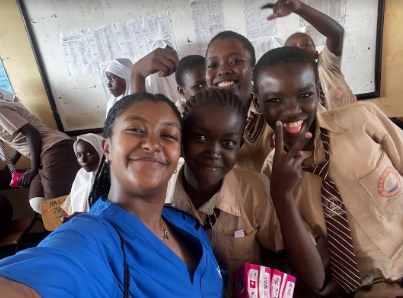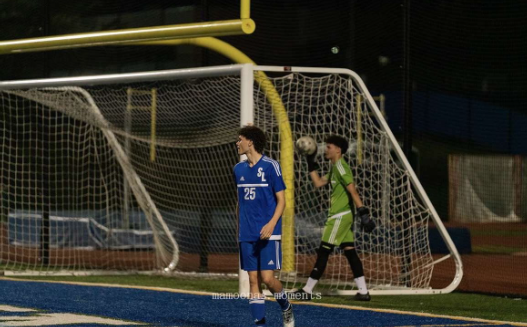As society develops over time, the way in which people communicate and interact with one another changes as well. Within high schools, this societal change is evident when observing couples and how they show their affection. Public displays of affection, better known as PDA, started as rare occurrences but have become more common practices between teenagers during school.
“I attended high school 35 years ago, and personal displays of affection were not as open as they are now,” administrative assistant Lita Sobers said. “If students were even hugging, or something like that, the teacher would have just broke it up and said that ‘that’s not nice.’ The students would have been admonished immediately. I am not saying there weren’t any personal displays of affection, but they weren’t done in public.”
Many people attribute this obvious shift in societal norms to the prevalence of media and cell phones in today’s adolescence.
“As years went by, with the addition of MTV and music videos, people were allowed to dress more provocatively, act more provocatively, and in movies, things are more provocative,” Sobers said. “As young people begin to see that, they began to emulate what they see.”
Other teachers agree that what is depicted on TV and computer screens greatly impacts how people interact affectionately.
“Students are used to getting this instant gratification through their phones,” English teacher Sarah Payne said. “So you are more willing to show affection in public to get that gratification.”
This change in PDA within high schools can also be argued as shift in student’s attitude in general. This change is believed to be natural and not necessarily caused by specific social circumstances.
“I think back then, younger kids were more aware of what was accepted,” math teacher Brian Lauer said. “They cared more and they had more of a sense of right versus wrong. Nowadays, students don’t necessarily care as much about what people think as much as they used to. Back then, what people thought was much more highly regarded.”
“I graduated high school in 1966 and I think changing times are the reason for more PDA,” said English teacher Kathleen Schenker. “Also relaxation of standards to a certain extent can be a reason.”
Though many agree that public affection has increased, the opinion about this increase is not unanimous.
Some believe this is simple progression and common teenager behavior and is acceptable under certain parameters.
“Teenagers had hormones then and they have them now,” said Schenker. “PDA is acceptable under reason, but of course there are better places for these things than school.”
“I don’t think anything of PDA, it doesn’t make people good or bad,” said Lauer. “It’s just different, it’s a natural progression.”
PDA is also viewed as an unnecessary addition to the high school environment. Many people believe that this public affection is not for everyone’s eyes.
“It makes me feel uncomfortable,” English teacher Sarah Payne. “I don’t encourage my students to these things”
Some, however, do think PDA is acceptable to a certain extent.
“A little bit is okay,” freshman Elle Humphrey said. “Sometimes it is just a little creepy and I hate turning a corner and seeing a couple making out right there.”
The dynamics in relationships are different now than they were 20 years ago. This evolution of PDA in high school communities can be attributed to both the change in media and the natural change in societal norms.













